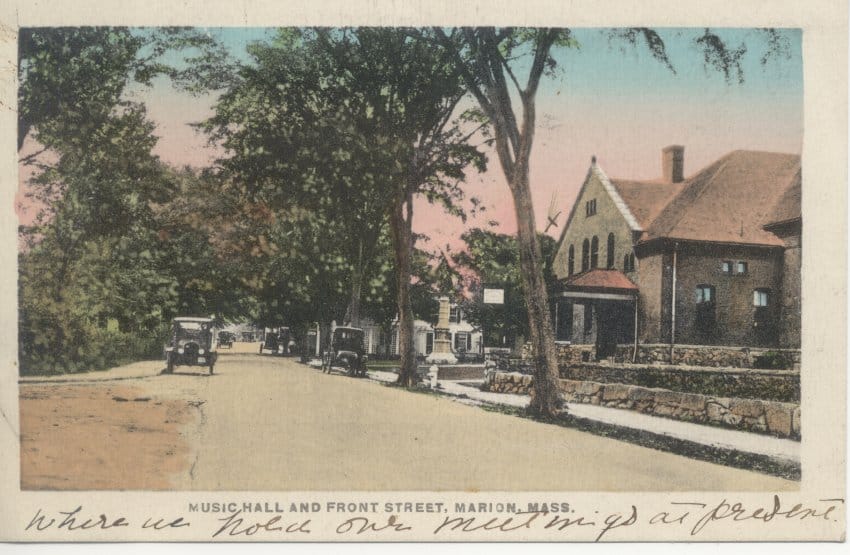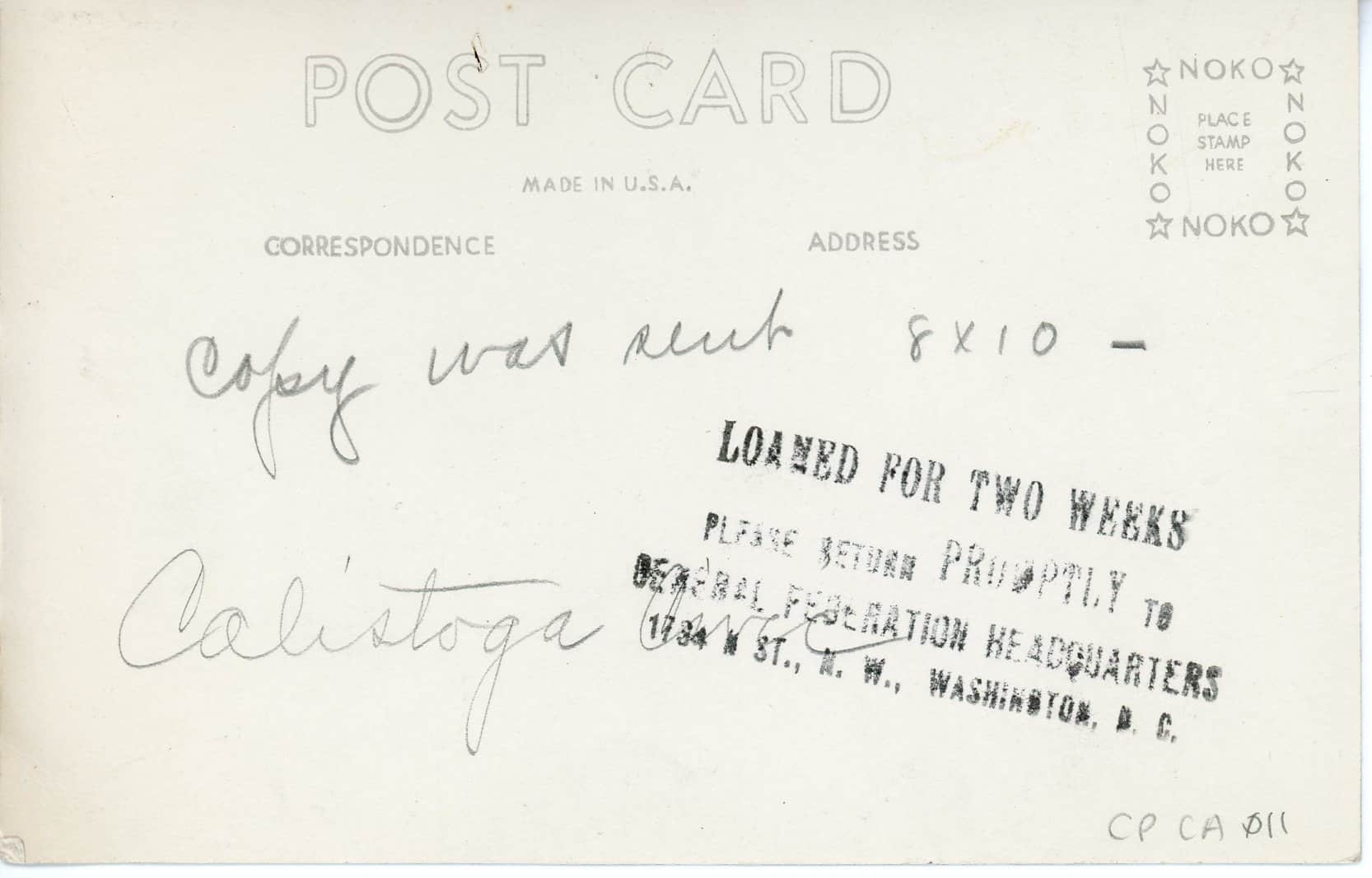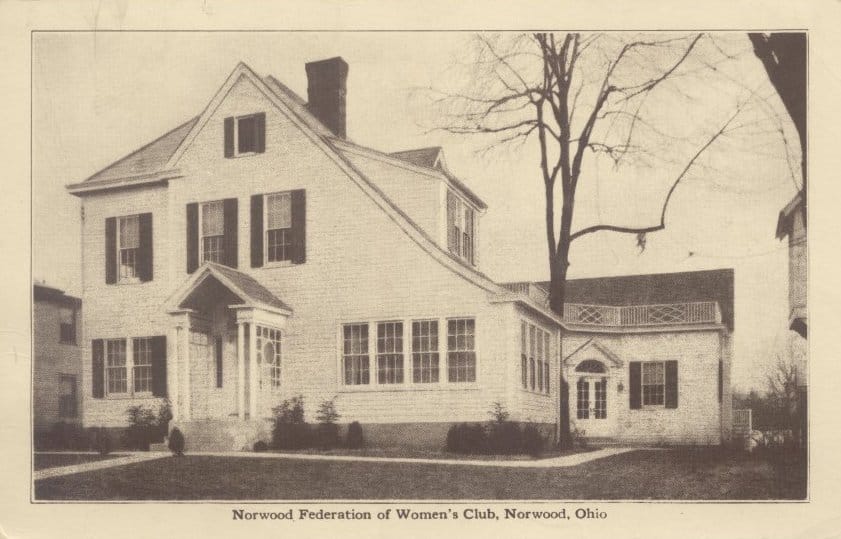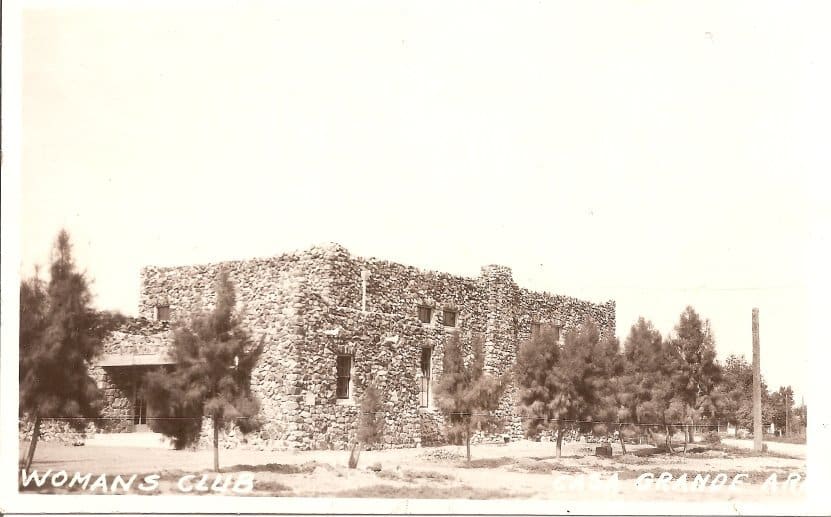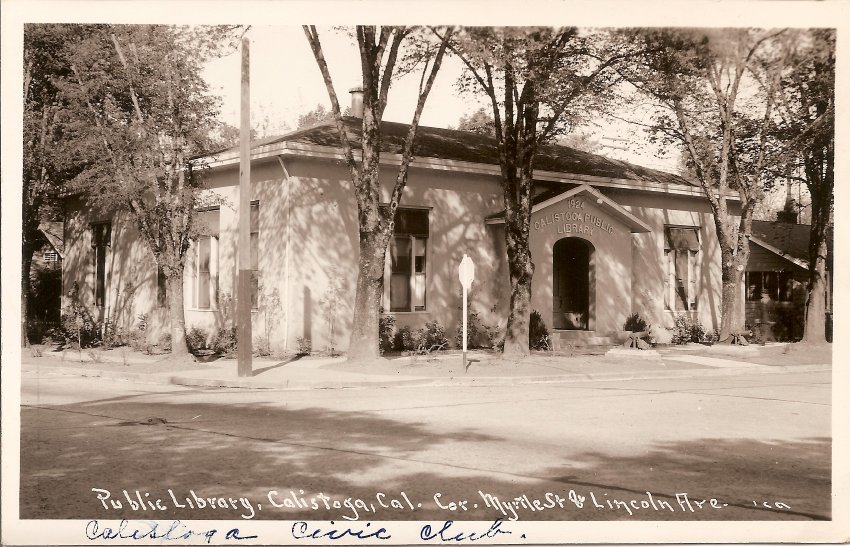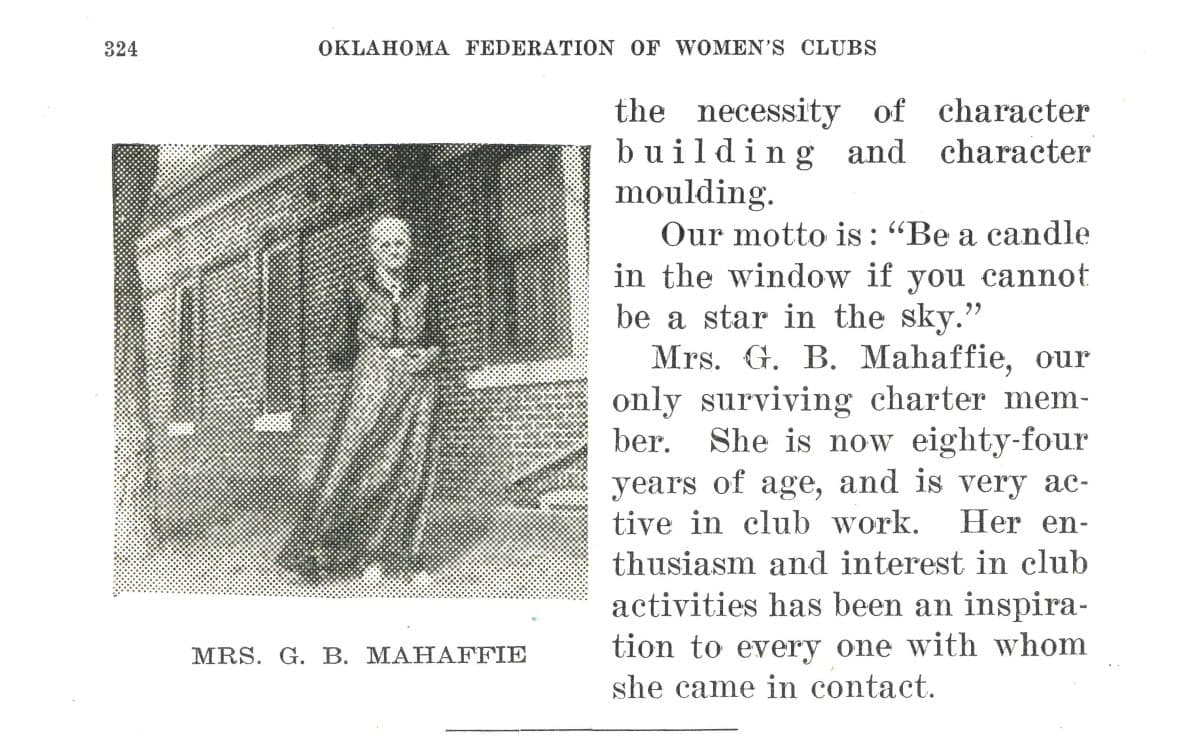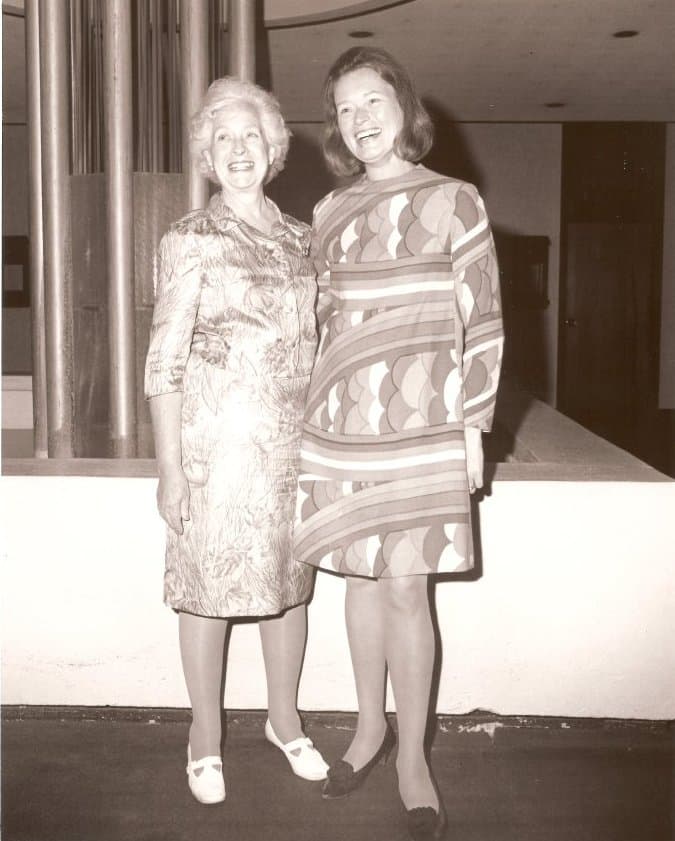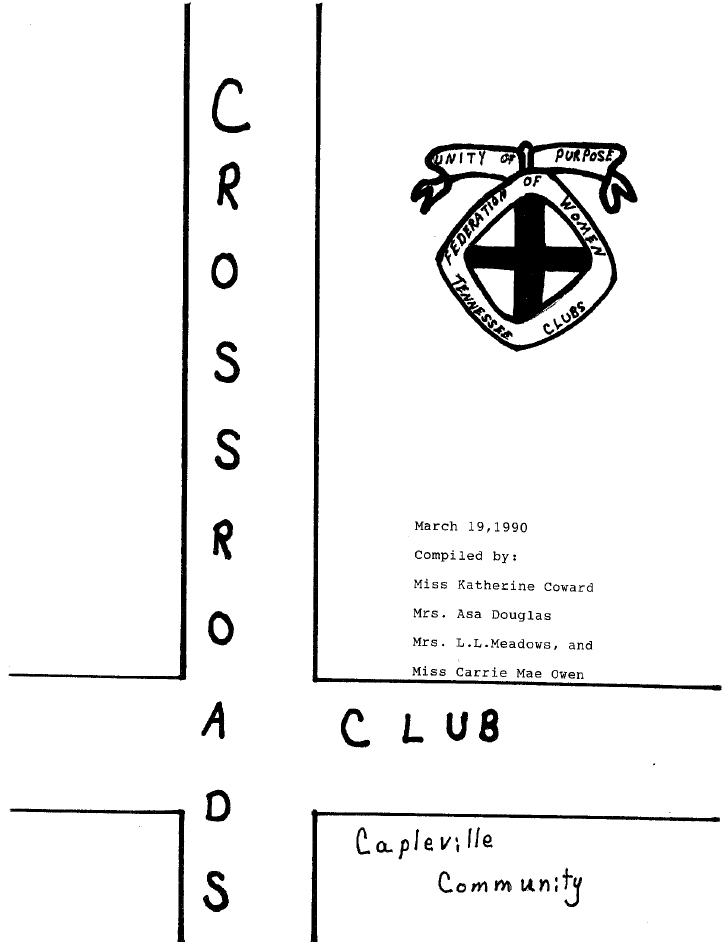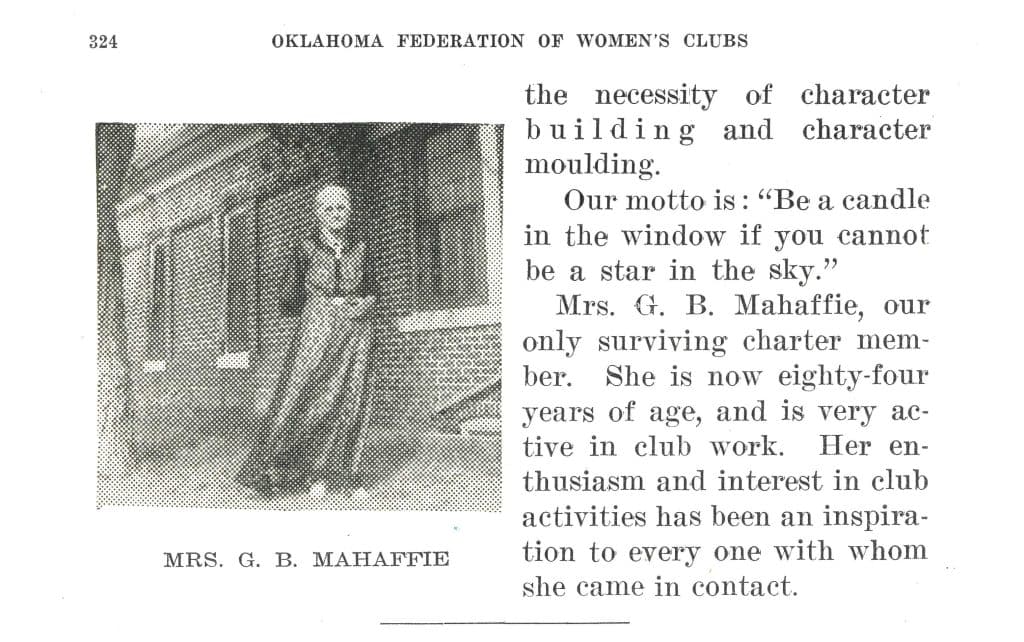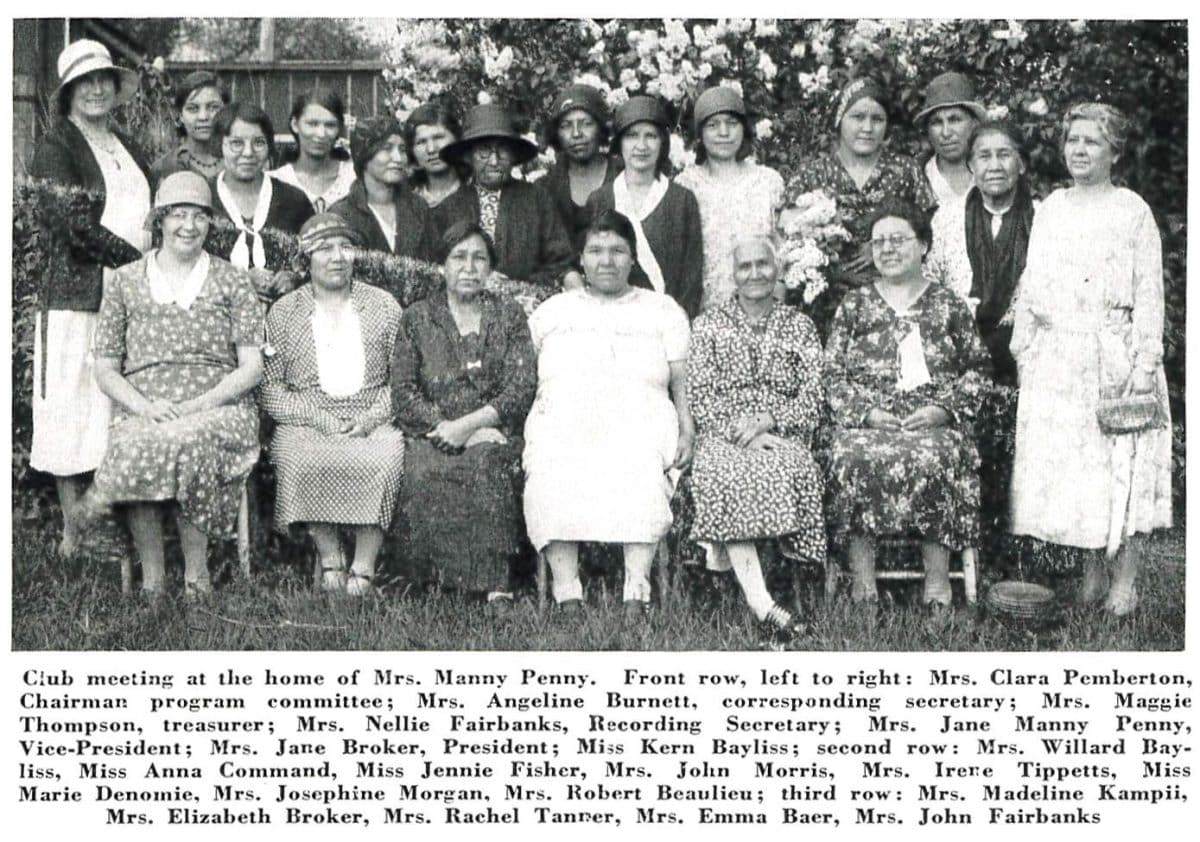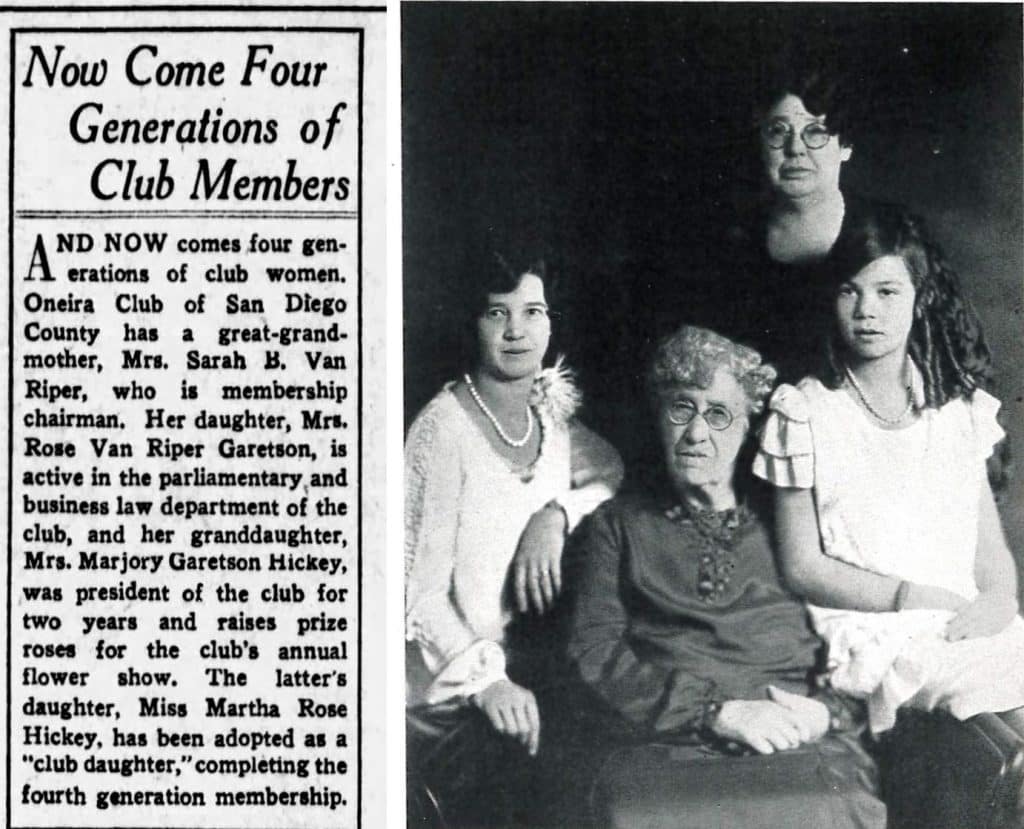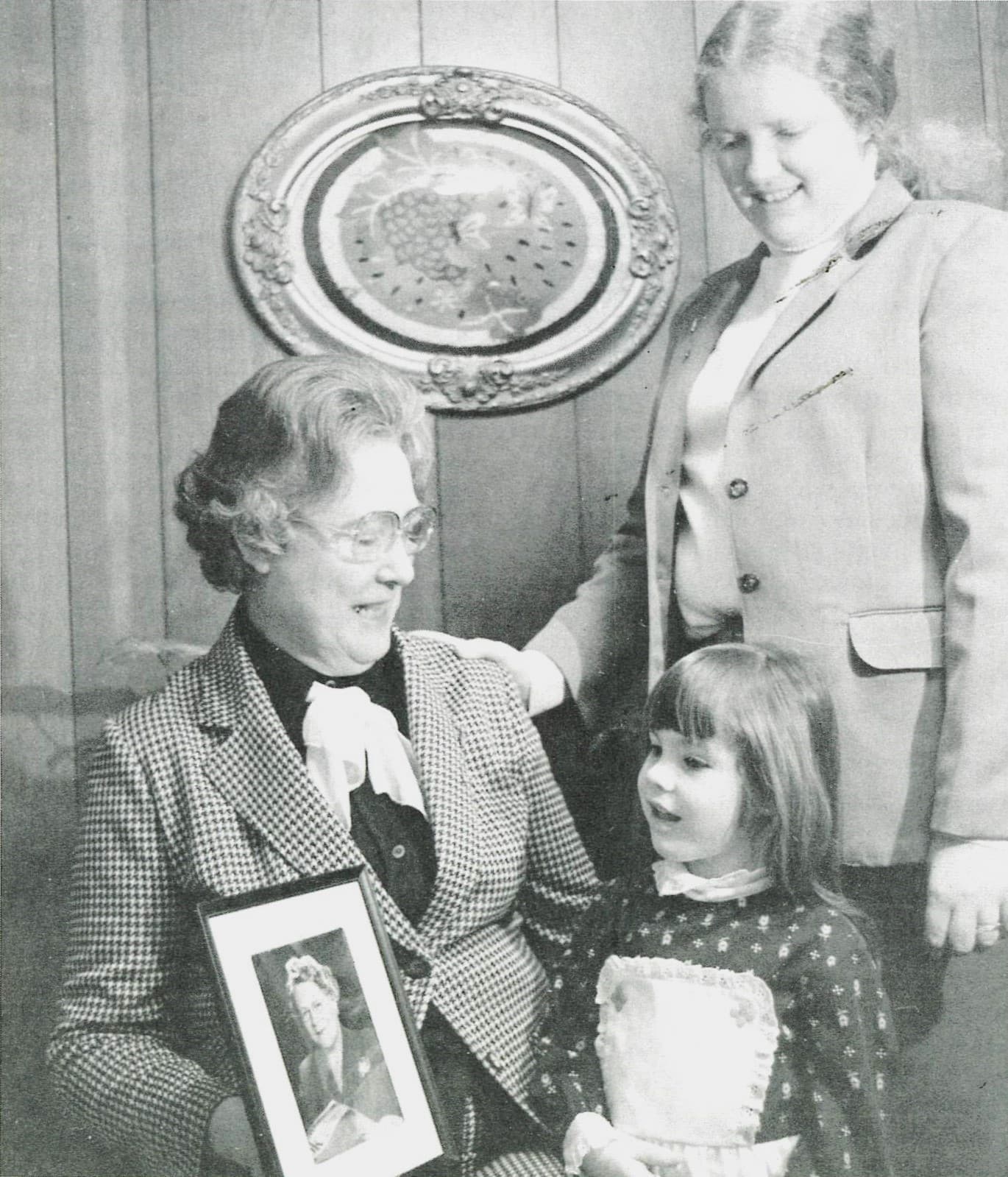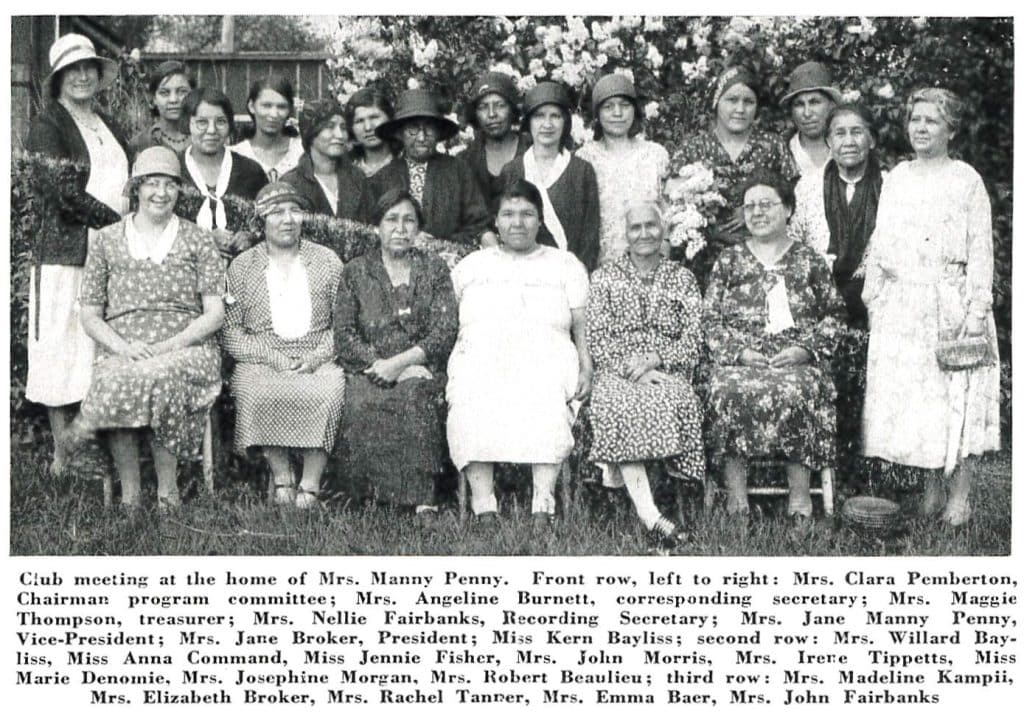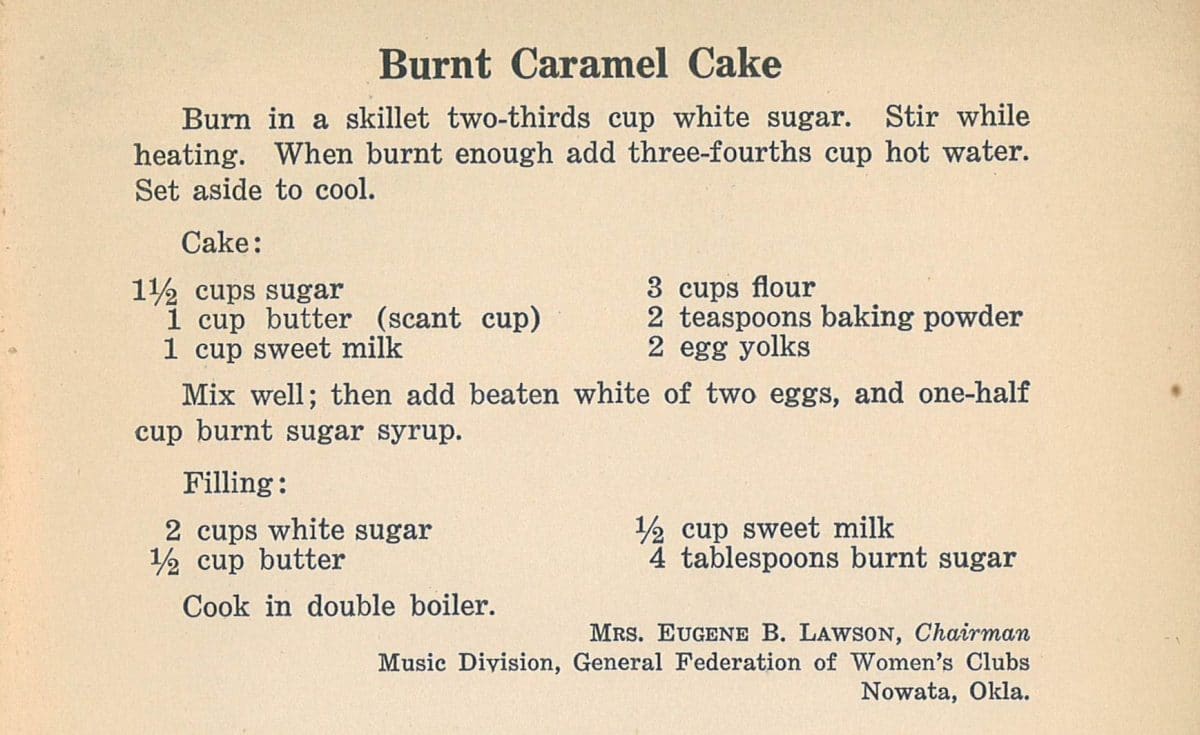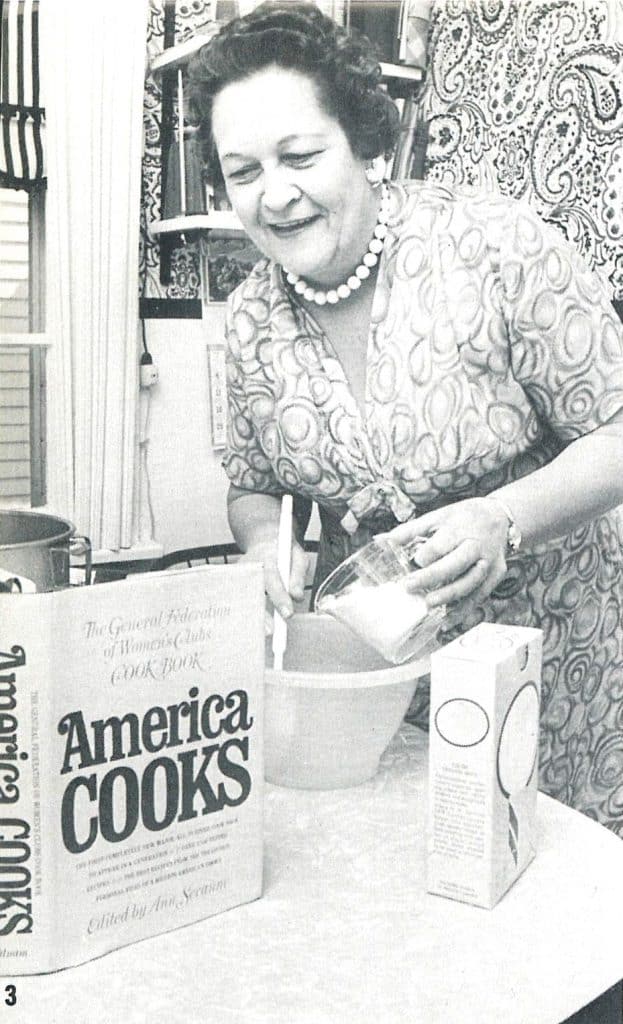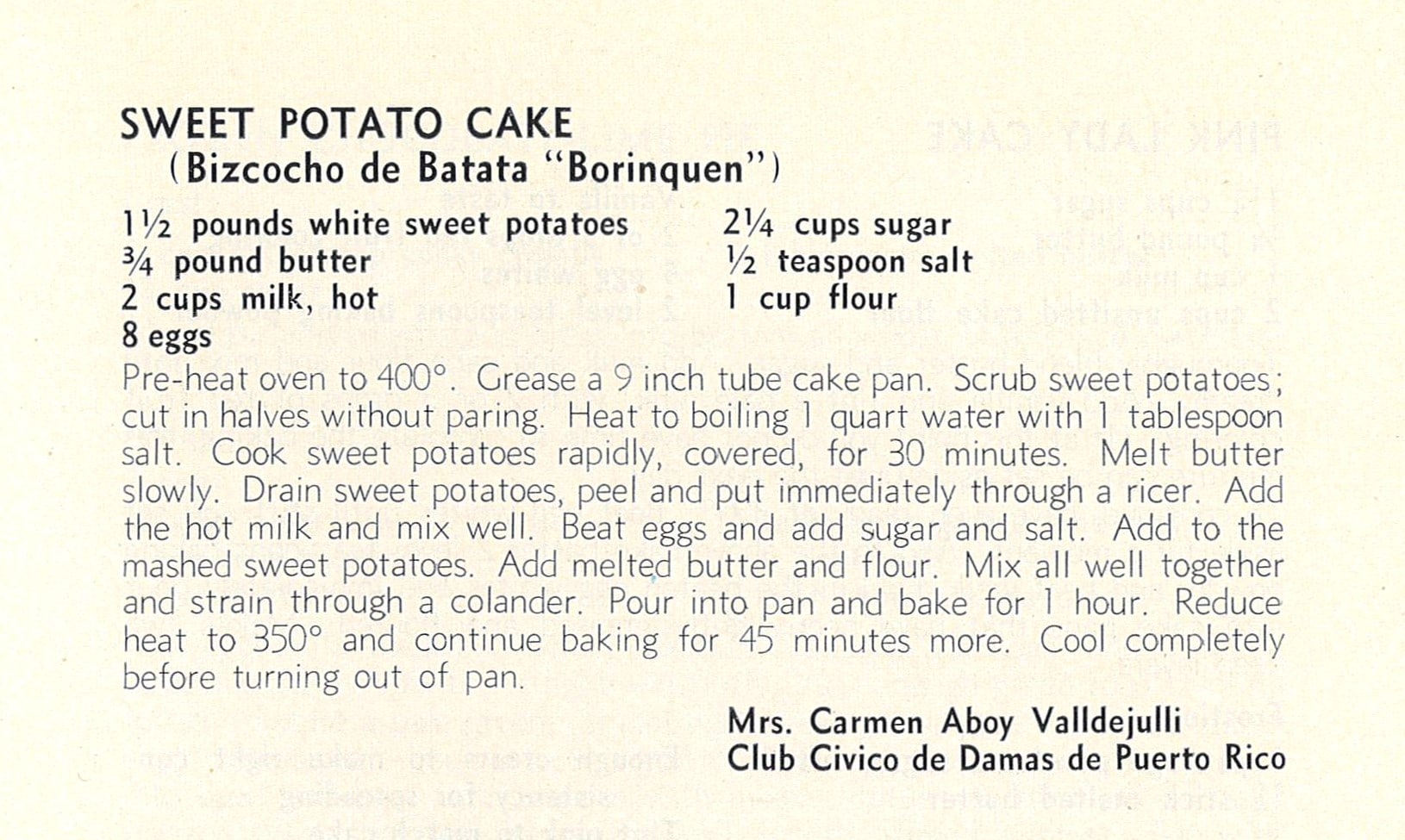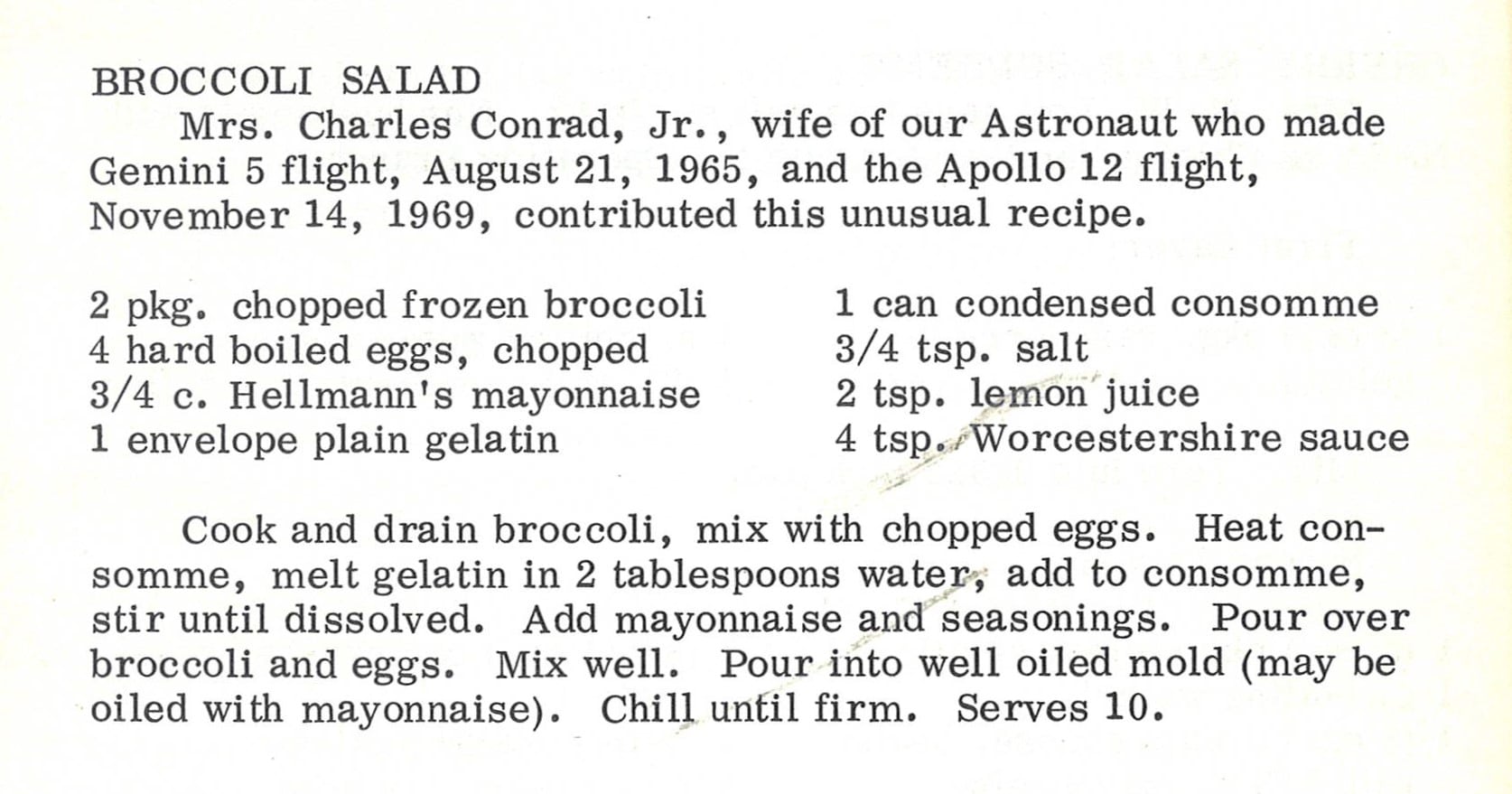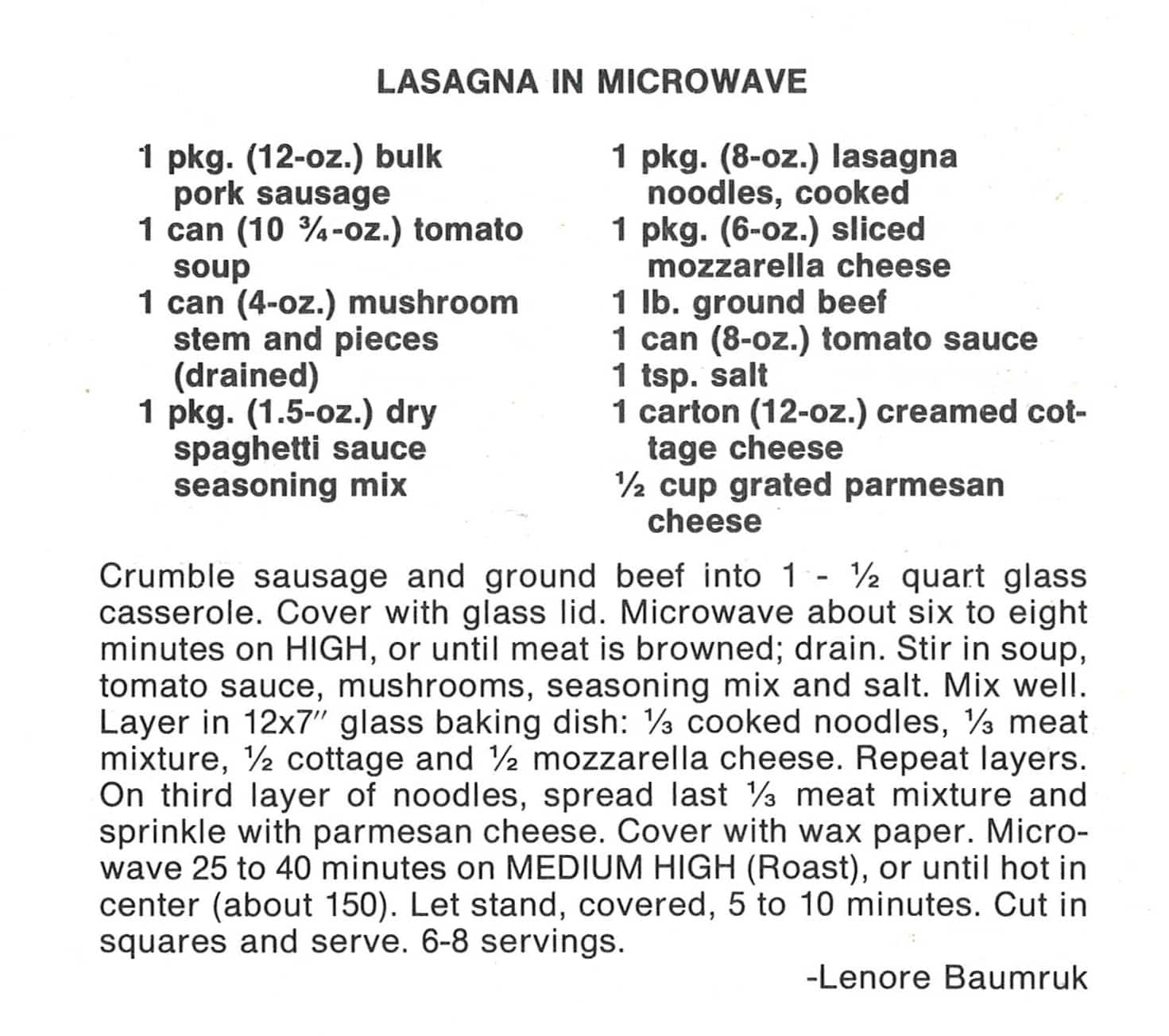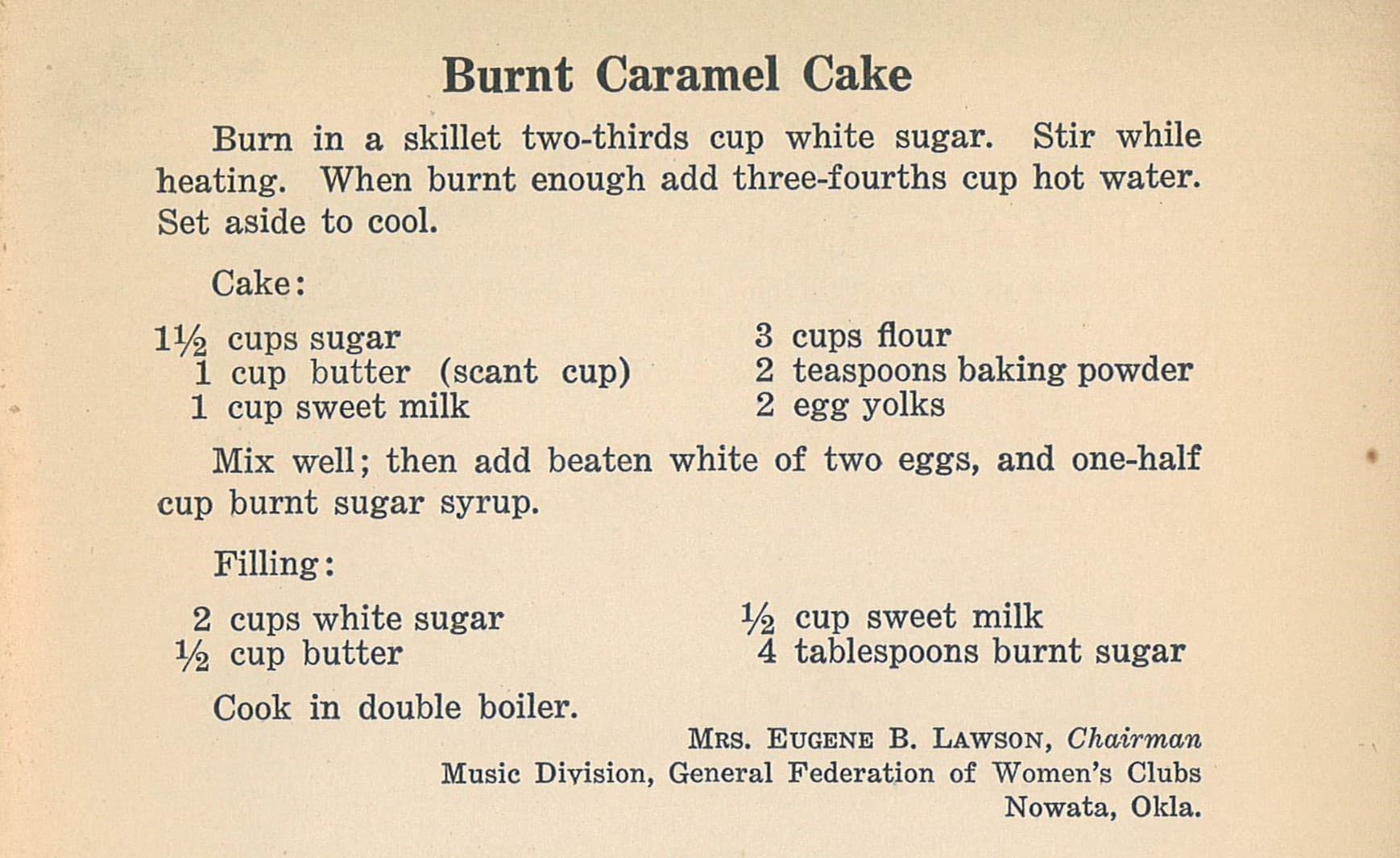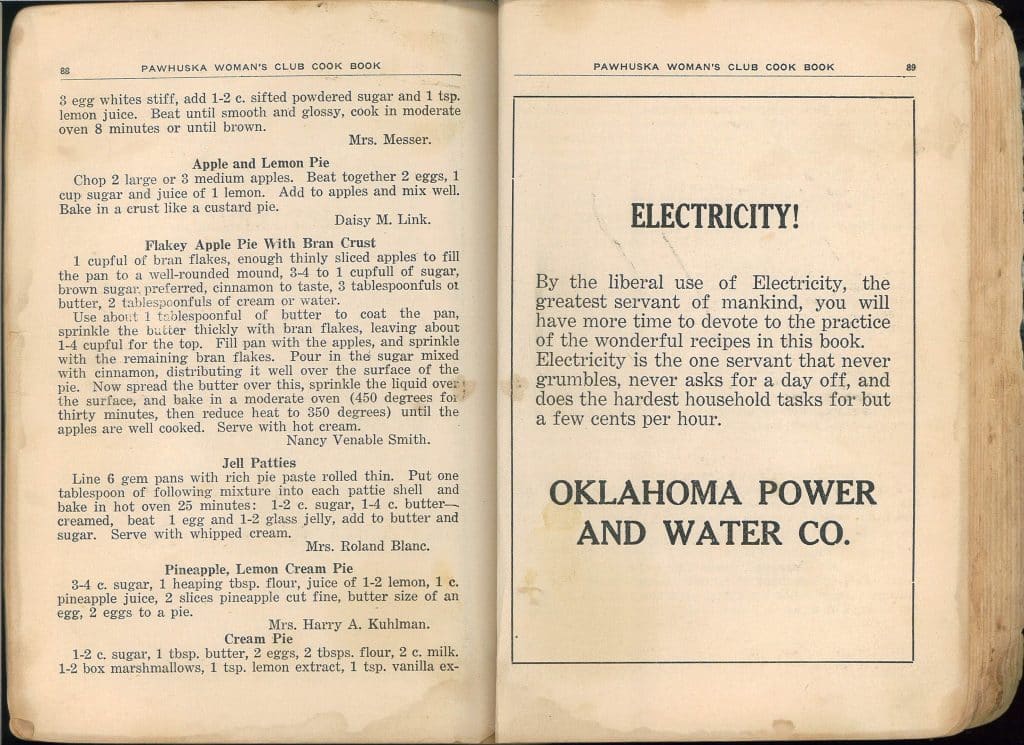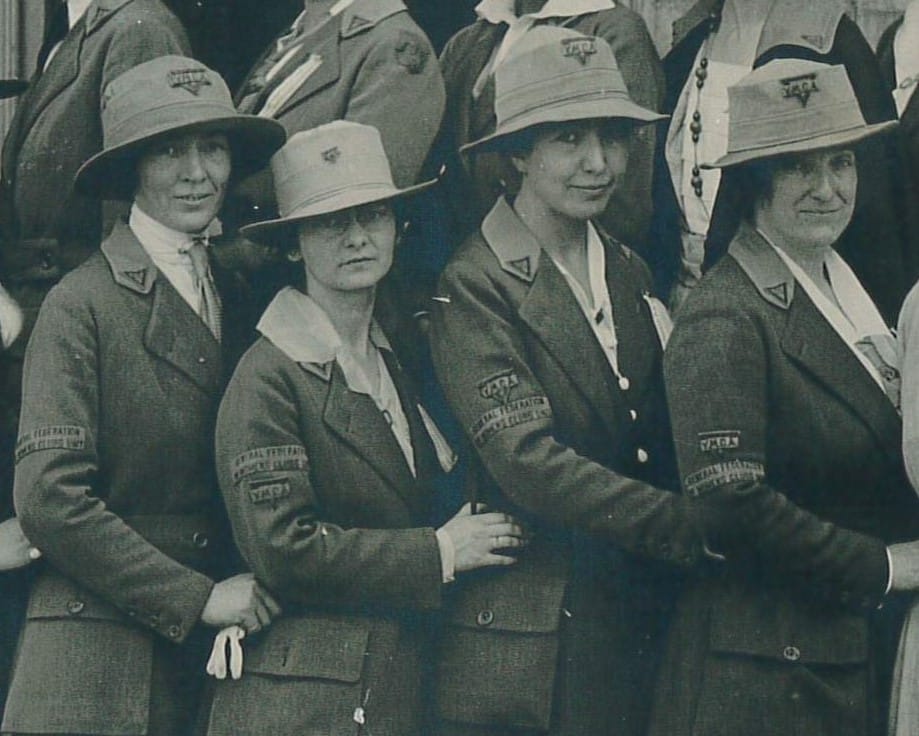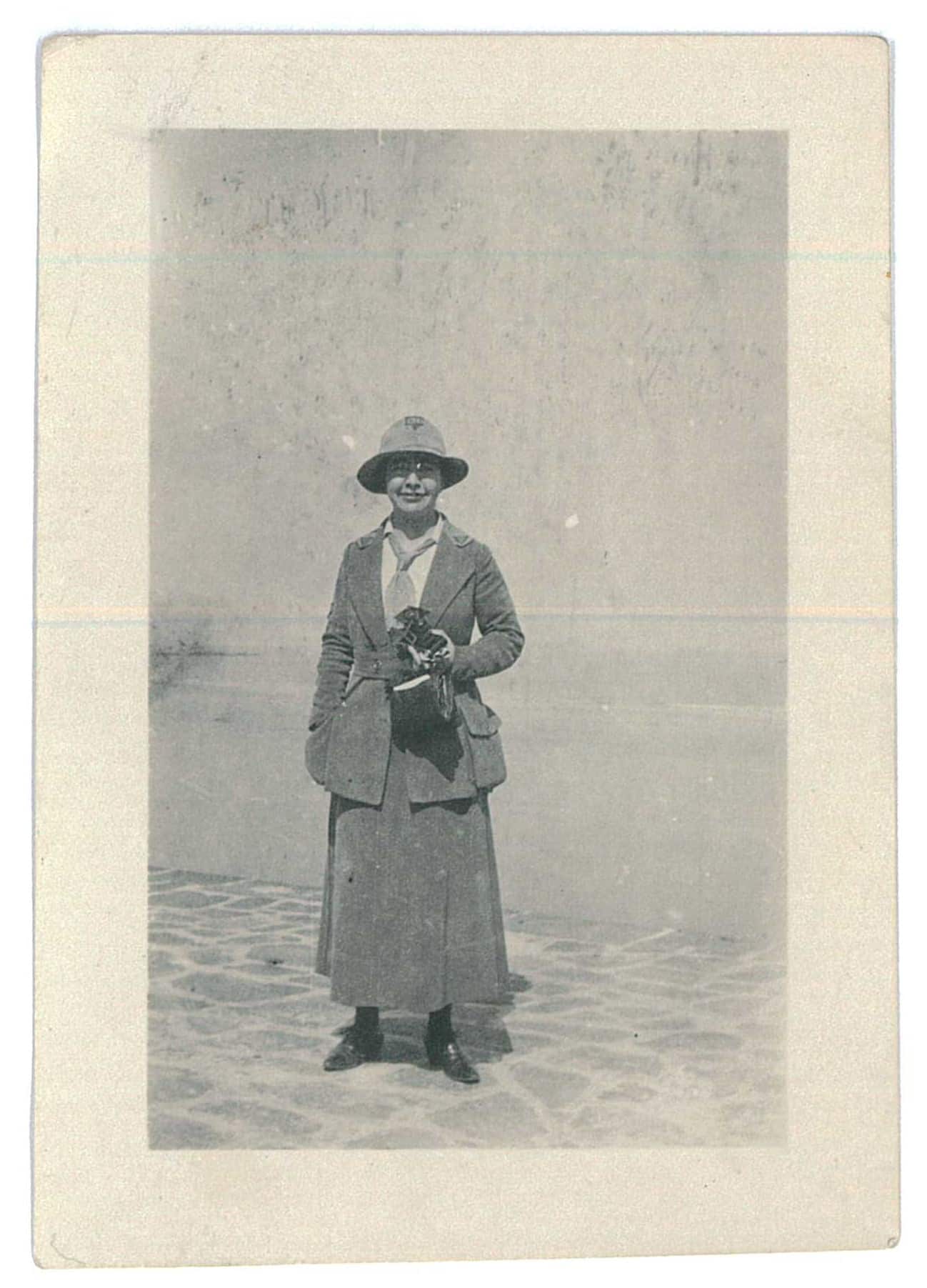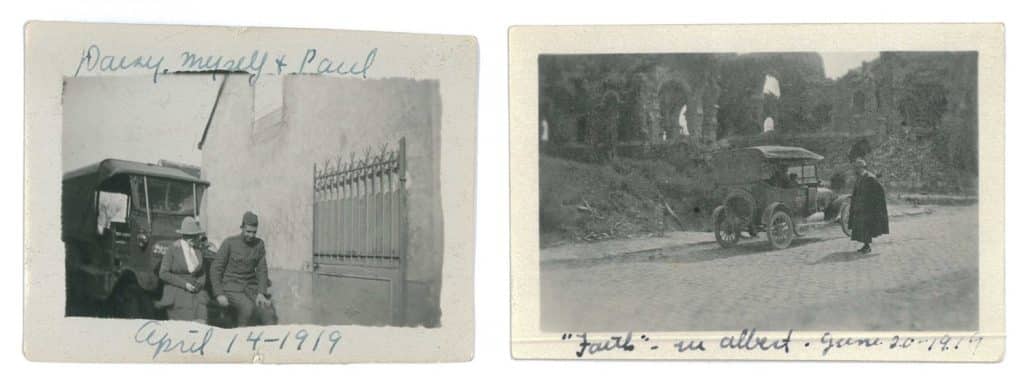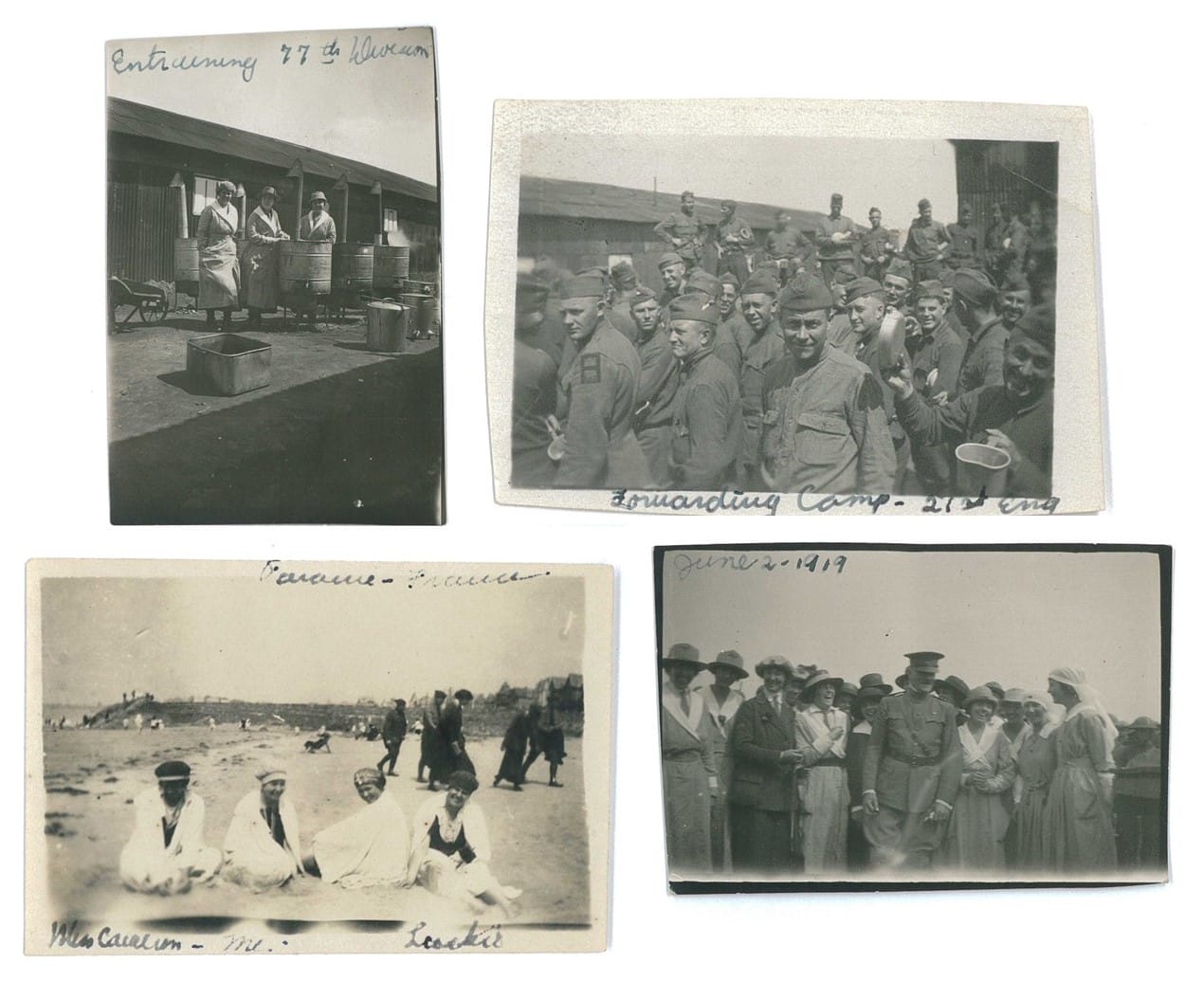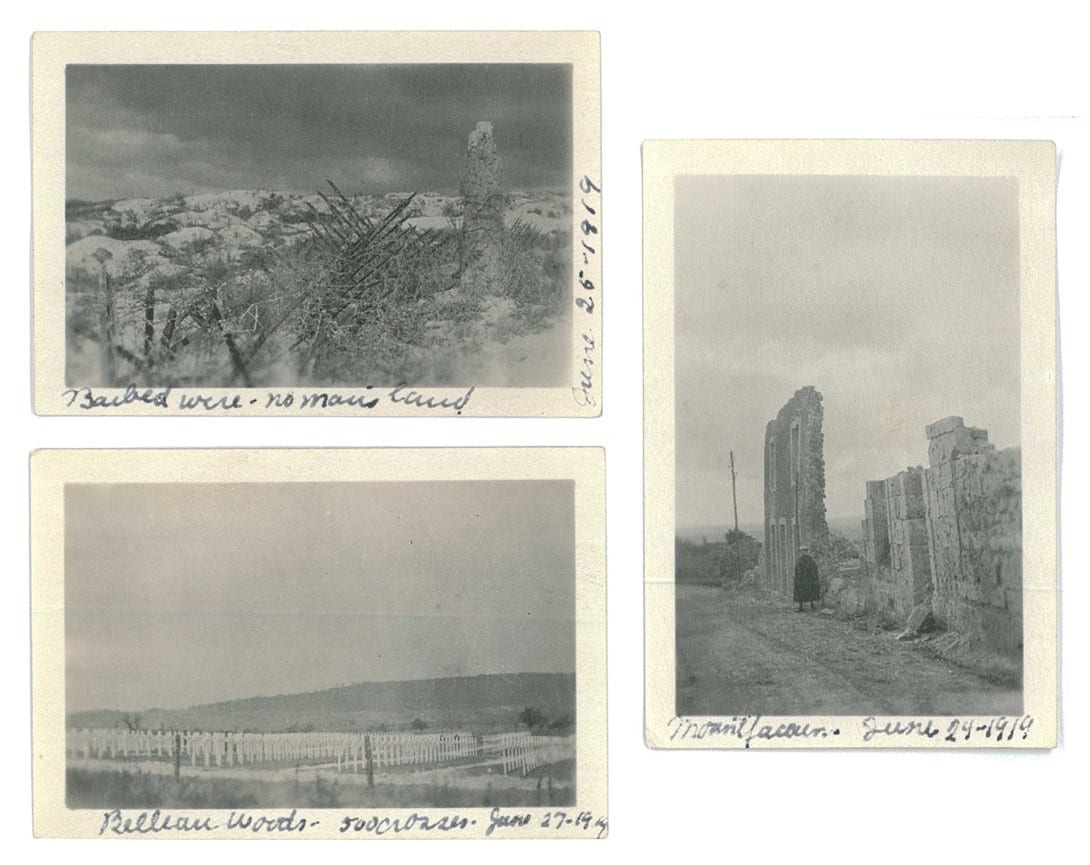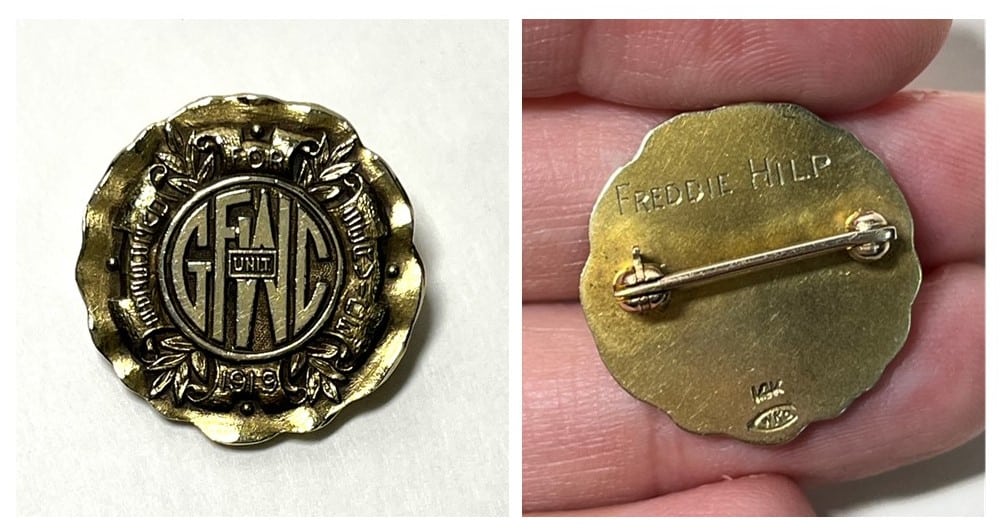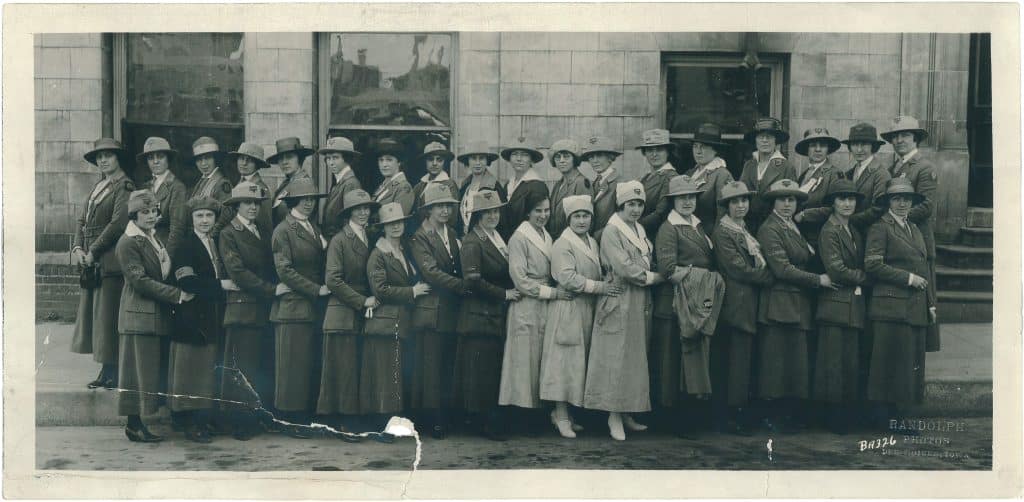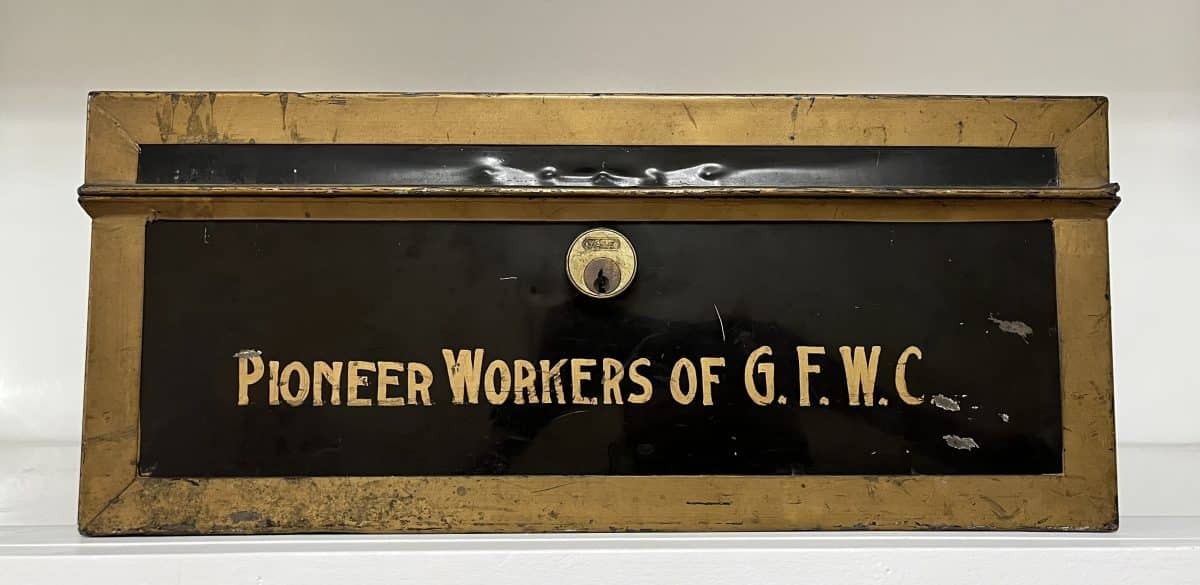
WHRC: From the Archives
Pioneer Workers of the General Federation
By: Joanna Church, Women’s History and Resource Center Librarian
Generally speaking, the Women’s History and Resource Center does not collect records from our member clubs — minutes, treasurer reports, programs, the day-to-day files and the like (although we’ll help you find the right home for them). There are a few exceptions to this rule, however; one of my favorites is the Pioneer Workers collection.
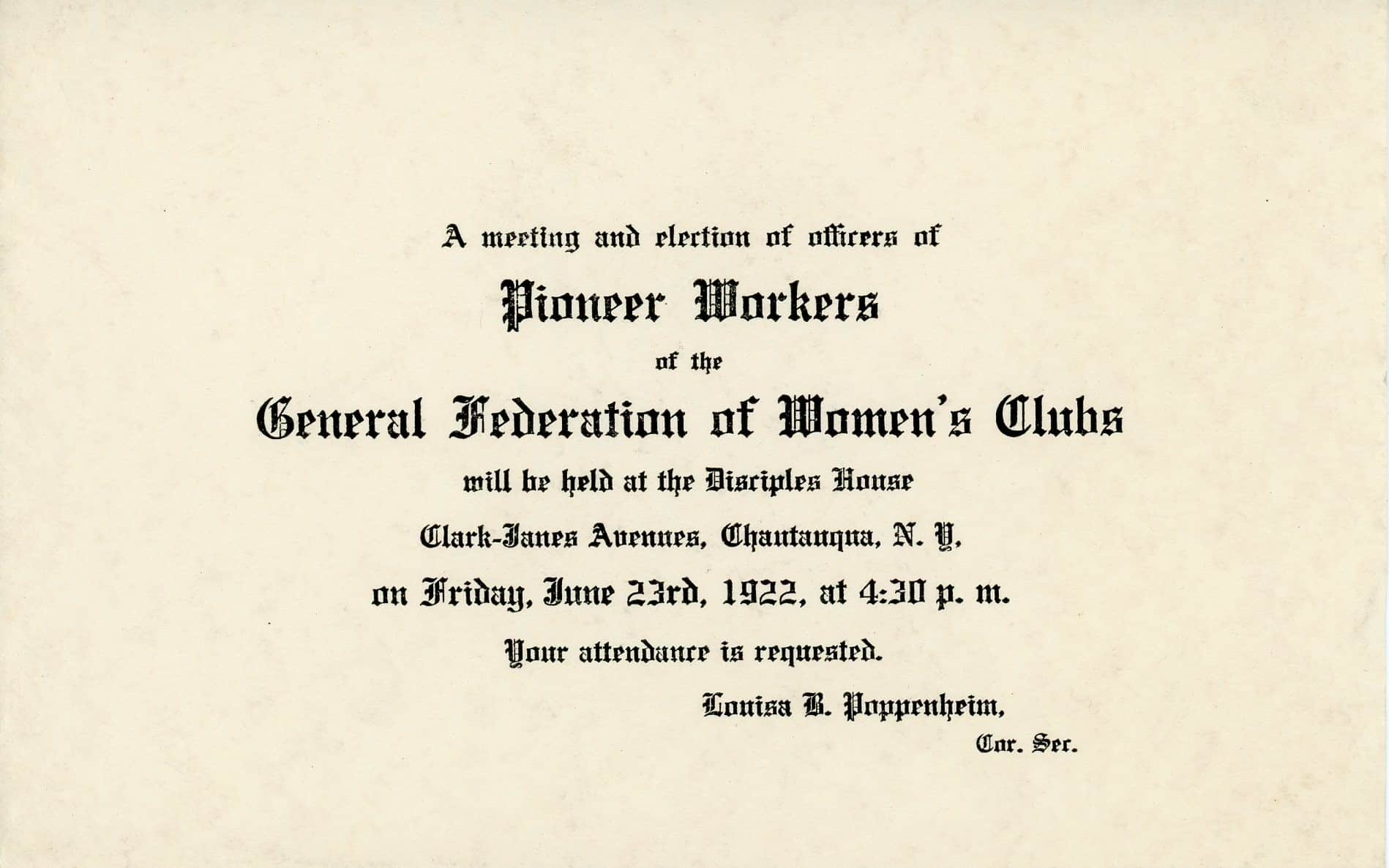
Invitation to the Pioneer Workers’ luncheon, held during the GFWC Biennial meeting in Chautauqua, New York,1922. From the Pioneer Workers collection
The Pioneer Workers were a “national club,” aka a club made up of members from across the country united by a shared history or experience — in this case, “those who helped to organize the General Federation [in 1889-1890] and who had contributed to its success in the early days of its existence.” This organization was founded at the 1908 GFWC Biennial (what we now call convention), held in Boston, and was the brainchild of Sarah S. Barnes of Kentucky, who had “the happy thought” to convene GFWC members from the 19th century. The group of anywhere between 40 and 160 members held “reunions” at each Biennial until at least 1926.
Though not an active club in the usual sense, these ladies were well-trained in the procedures and rules of women’s clubs. Thus, the Pioneer Workers had officers (including two successive “Presidents for Life”), committees, a constitution, an emblem, a motto (“Auld Lang Syne”), and annual dues (one dollar). Over the next two decades the treasurers and secretaries made faithful reports, and the historians had the unhappy task of recording which of their elderly members had passed on since the last reunion. The club’s goal was “the closer union of the early workers in this great movement,” and much was made of the “reminiscences” of the century before.
Pioneer Worker membership “application blank,” 1912. In 1914, club president Fannie Pritchard Helmuth noted that membership was restricted to women involved in GFWC prior to December 31, 1900. By the 1920s some members suggested moving that to 1905, but that proposal seems to have been voted down. From the Pioneer Workers collection
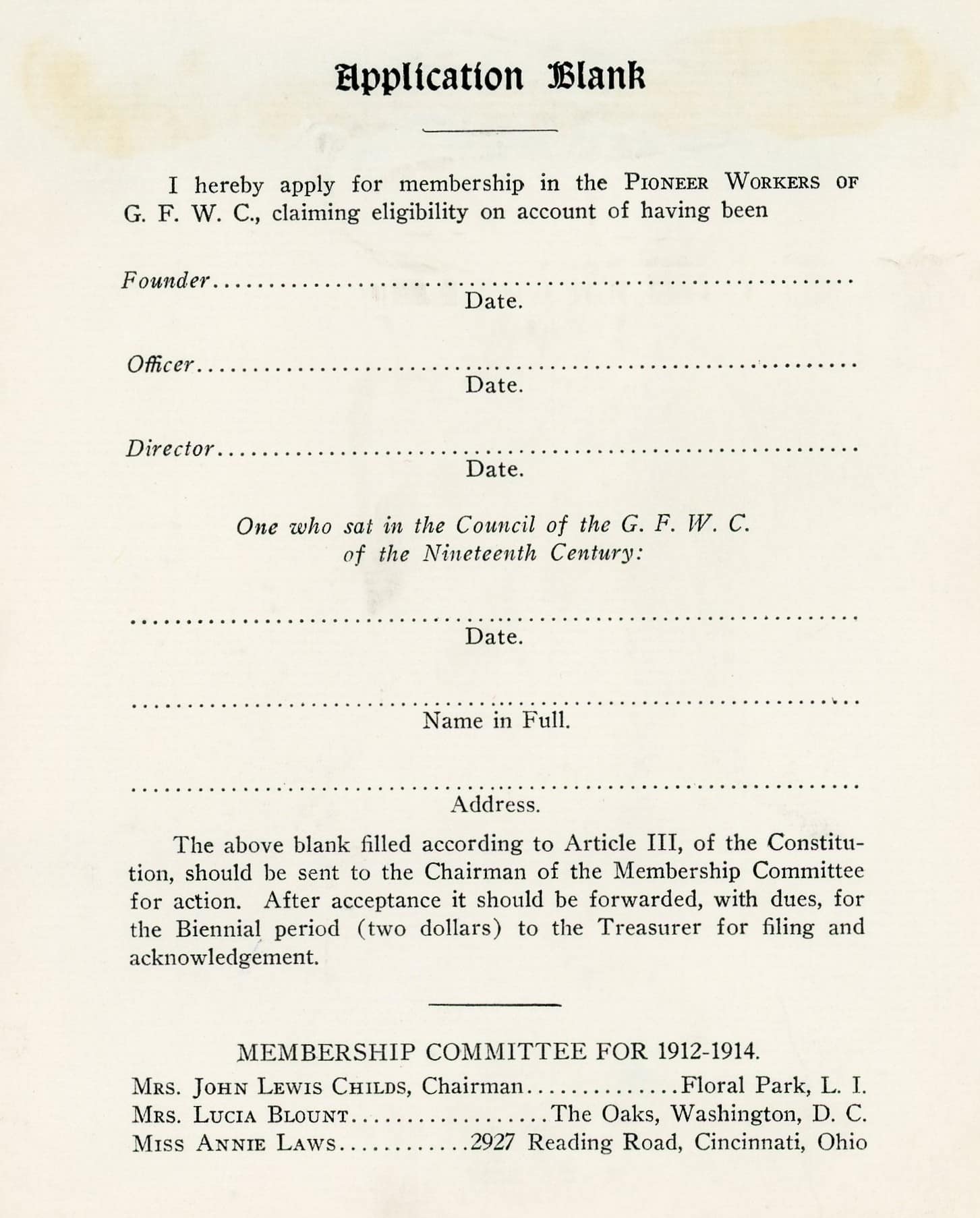
The idea of honoring the early members of GFWC was a popular one. The club’s luncheons were featured in news coverage of each Biennial; membership grew each year, despite the strict limitation on admission; and some state federations started their own version of a Pioneer club. As noted by a journalist covering the 1926 reunion, these women made up “a distinguished conclave [from] a century when to be a clubwoman was unusual, sometimes even courageous.” Many of the members held their dignity close, and made sure to remind the younger clubwomen that it was their work and dedication that were foundational to the organization as a whole.
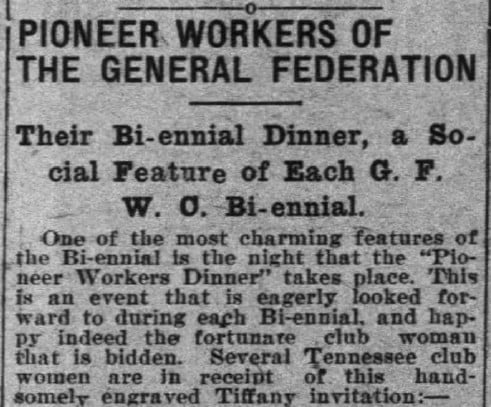
Excerpt from the “Journal and Tribune” of Knoxville, Tennessee, April 12, 1914, calling the biennial Pioneer Worker event “a charming feature” and a sought-after invitation.
And indeed, what seems inevitable today from our modern vantage point – of course GFWC survived and prospered! – was far from settled at the time; how many national groups from the turn of the last century made it to their ten year anniversary, let alone 28, 50, 75, or 135? It was only by powering through early debates about how and why the organization would operate that the disparate clubs and state federations were able to hold together in a single Federation. No wonder the Pioneer Workers were so cognizant of their legacy, and wore their “Follow the Light” badges with pride.
According to the 1912 Pioneer Workers yearbook, the club badge, bearing the “Follow the Light” emblem on a light blue ribbon, was available to members for $2.75 (around $90 today). From the Pioneer Workers collection
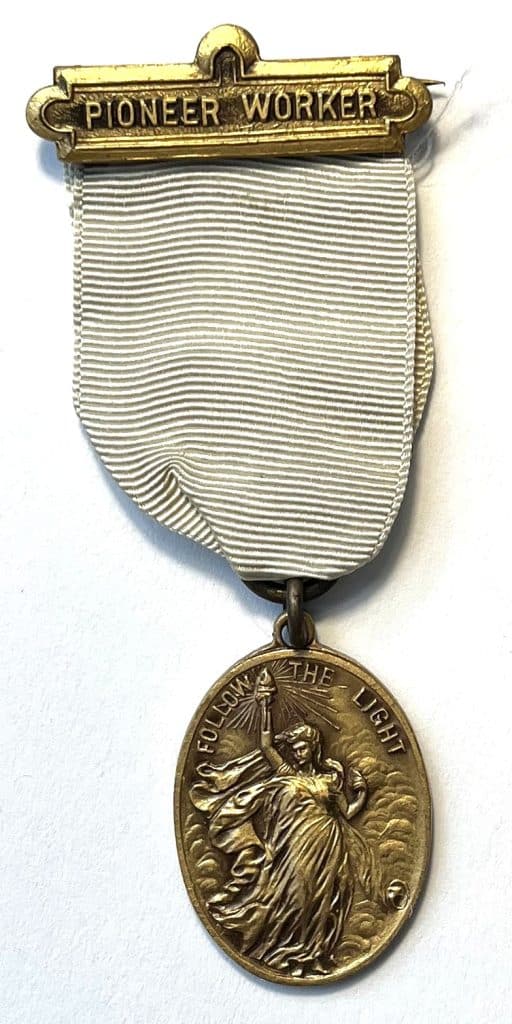
The WHRC Pioneer Workers collection consists of several club yearbooks, a small file of correspondence, a binder of “reunion” reports, and miscellaneous invitations and programs. It’s likely that these were all contributed to the GFWC Archives at one time, perhaps as early as the 1930s. In the files, we have a 1934 letter to GFWC Headquarters Research and Club Services Director Josephine Junkin Doggett from Lucretia L. Blankenburg, one of the last surviving Pioneer Workers, who – concerned with the Pioneers’ legacy – was visiting past Pioneer treasurers and “going through” their papers; my guess is that the bulk of the Pioneer Workers collection arrived around this point. Though mostly archival, the collection does include several artifacts, namely thirteen club badges along with a metal document box, pasted with now-illegible shipping labels, emblazoned “Pioneer Workers of G.F.W.C.” The Pioneers can also be found in our magazine and convention records, and in newspaper reports from around the country.
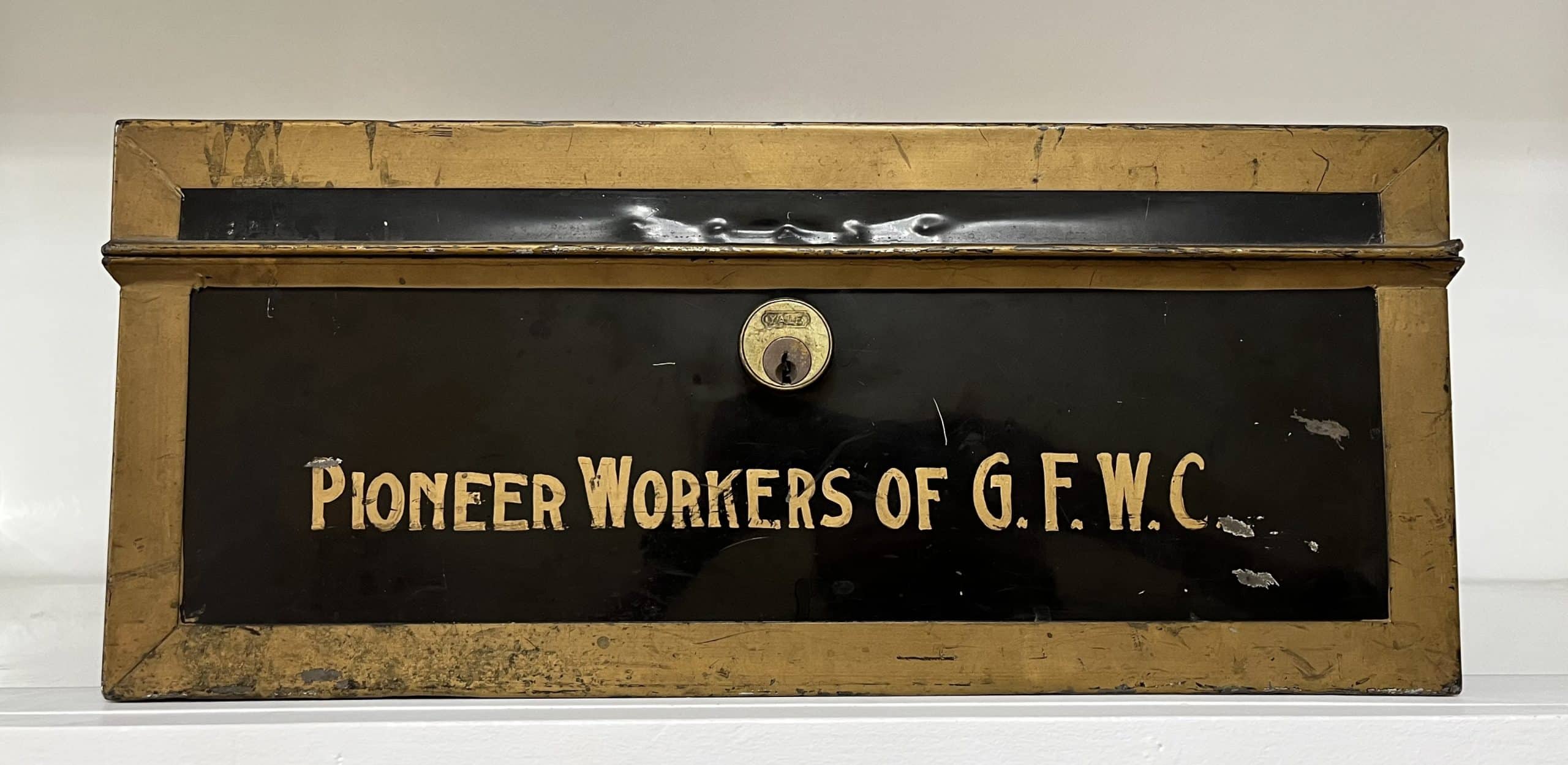
The Pioneer Workers document box, which held their reports and correspondence and was shipped between the officers as their terms expired. From the Pioneer Workers collection
The club reports cease after the 1926 reunion, which may mean it was the final meeting; yet that year there were 160 living members, the membership application was still in distribution, and they had decided not to broaden the requirements for admission. Despite ever-more apologetic letters from elderly members no longer able to travel, and the ever-lengthening “In Memoriam” list for each reunion, the club evidently hoped it would continue on into the future. We’ll need to do a little more research to identify when the group officially discontinued their service. But in the meantime, we remember them and their service through the collection here at the WHRC. I hope Lucretia Blankenburg would be pleased.
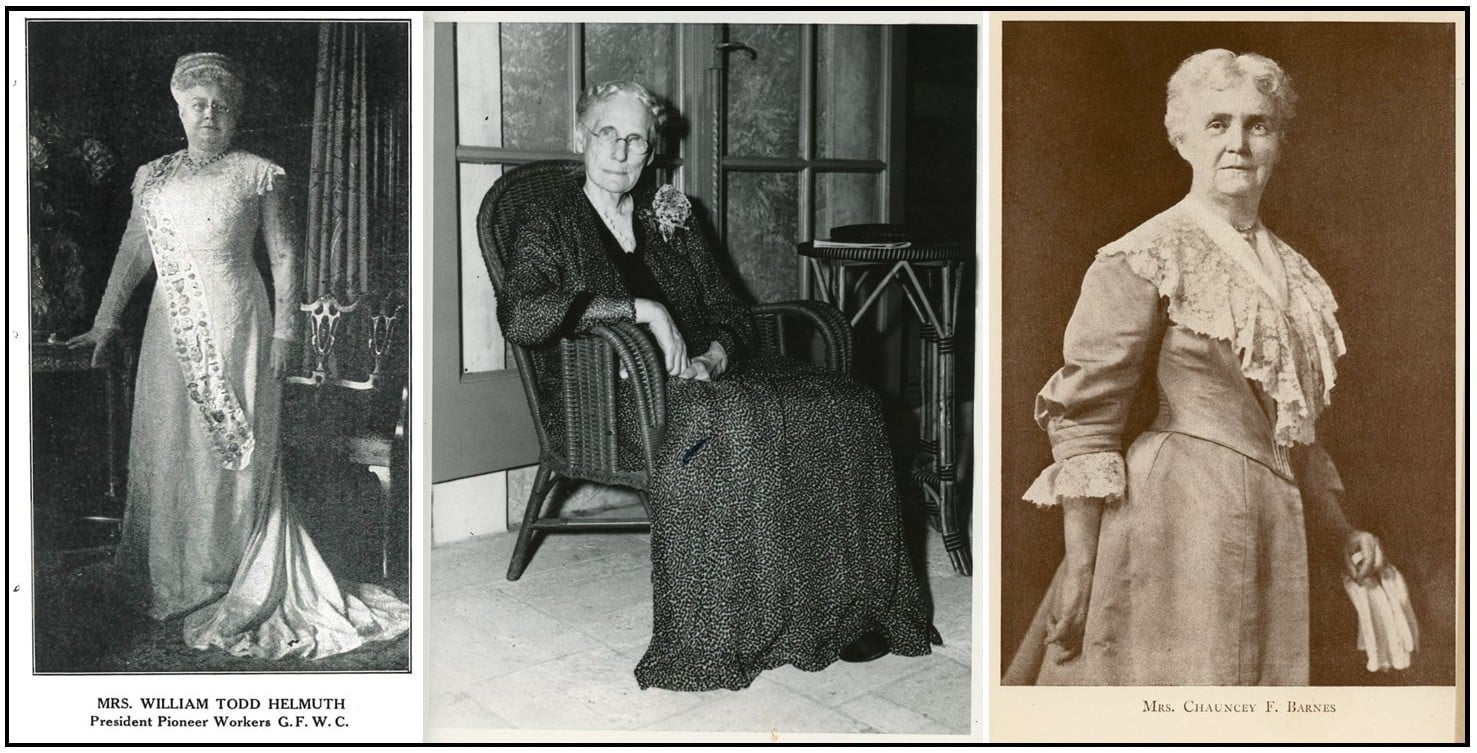
Three of the Pioneer Workers who shaped both that club and GFWC: from left, Fannie Pritchard Helmuth (1839-1918) of New York, the first Pioneer “President for Life”; Lucretia L. Blankenburg (1845-1937) of Pennsylvania, who donated at least some of the club’s materials to GFWC Headquarters; and Sarah S. Barnes (1846-1919) of Kentucky, who started the club in 1908. From various sources in the WHRC archives.
“It is the privilege of the Recording Secretary in her report to tell you of the great joy which the Pioneers find in the meeting of old friends and the renewing of old ties of fellowship in the General Federation work of long ago.”
–Alice Bradford Wiles, Pioneer Workers Recording Secretary, 1922-1924
Remember to check back next month for more stories from GFWC history (and present)! To learn more about the WHRC collections, visit the WHRC page or contact us at whrc@gfwc.org.
Joanna Church is the Women’s History and Resource Center Librarian at GFWC Headquarters in Washington, DC. She oversees the WHRC collection, handles research requests, and loves sharing our unique resources with fellow fans of women’s history.
Learn More about the WHRC
The Women’s History and Resource Center
